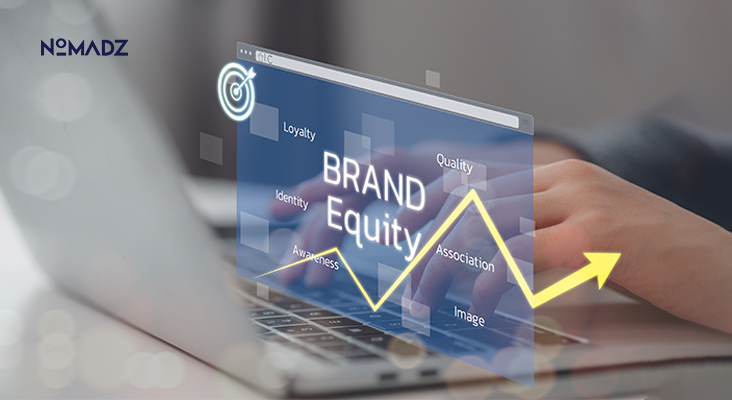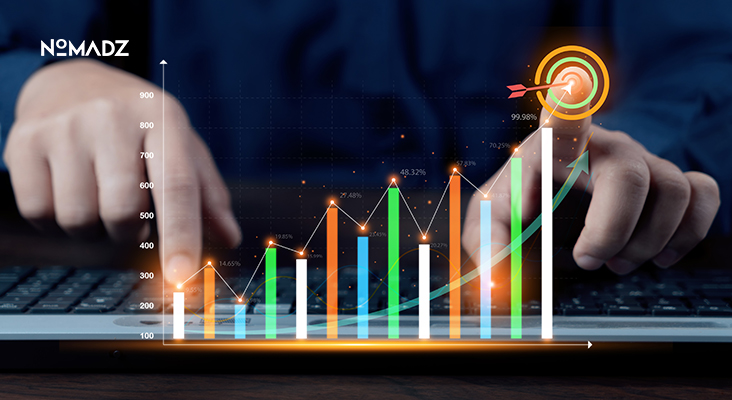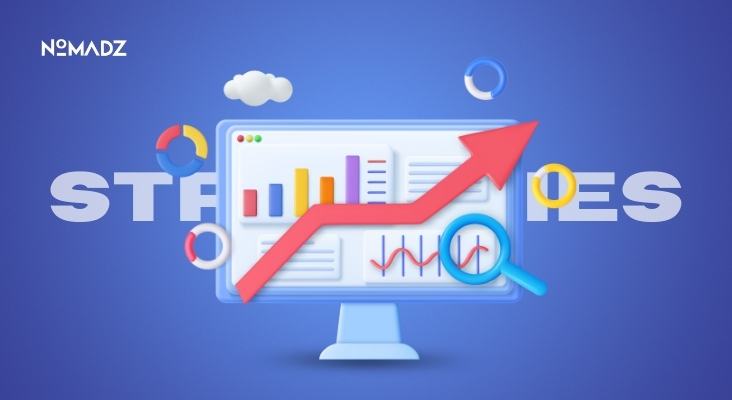How to Measure Brand Equity in 7 Simple Steps?
Measuring the success of a company usually relies on comprehending genuine brand equity. Suppose Apple releases new hardware and Tesla releases affordable models today. Visualize Nike sponsoring breakthrough athletes and Spotify going international today. Such scenarios show how equity influences consumer attitudes and long-term returns.
Experts in need of greater insights into brand-building approaches require precise measures today.
Why Measuring Brand Value Still Fails Most Professionals?
Most professionals in today’s market find it difficult to measure value accurately. Without systematic processes, they end up using guesswork, anecdotal responses and partial data. That results in wasteful brand-building activities and less-than-optimal financial returns. This lack of process affects brand reputation, market share and customer loyalty.
This is how to overcome those issues effectively. Suppose about 92% of marketers indicate that brand equity fuels future revenue growth. But 60% still can’t put a number on that effect. For instance, CPG brands might overestimate customer loyalty and price sensitivity without concrete measurement.
Another example: B2B vendors invest in brand solution campaigns but do not track ROI. These disparities harm brand equity, customer relationships and long-term strength. Without measurement, the value of a brand exists merely as an abstract concept, a mere thought.
Strategically owning it, however, goes beyond even considering it as a business asset.
How to Measure Brand Equity in 7 Easy Steps?
A 7-step framework should be followed to measure brand equity; starting with goal assignment, you then optimize your return on investment, giving your brand a practical, data-based roadmap to growth and consistency. Each stage of the customer journey motivates the team, tracks client progress, and emphasizes the principles that foster long-term loyalty and brand success.
Step 1: Specify Goals
Specify what you require from your brand solution insights. Are you measuring equity, capturing customer attitude, monitoring awareness or projecting financial return? Clarity enables alignment across teams. It also means that you decide which KPIs you will be using, e.g., Net Promoter Score, recall of the brand or price premium.
You then need to set short and long-term brand goals, e.g., building customer advocacy or increasing the frequency of purchase. A balance has to be struck against the overall business strategy to avoid an incoherent branding effort.
Also Read: Common Mistakes in B2B Content Marketing and How to Fix Them?
Step 2: Segment Your Audience
Equity customer segments help narrow the strategy. One may choose to segment by demography, psychography or behavior. An example is enterprise software vendors: they treat the C-suite leaders differently from end users. This refines how you track the value of a brand and customize messaging.
Tight segmentation enables you to create differentiated experiences across touchpoints. This approach allows for granular attribution of brand equity performance. It provides insights by region, channel, customer tier, and decision-making context.
Step 3: Benchmark Brand Awareness and Associations
Measure unaided and aided brand awareness using surveys, social listening, and search volume. Track the strength of associations like “innovative,” “reliable,” or “premium.” Positive associations are continually building equity management frameworks and helping to build brand awareness over time. Benchmark every quarter or every other quarter to determine trends.
Track changes in sentiment related to key messaging and competitors to revise your positioning strategy. To find new association gaps, use tagging systems and heat maps.
Step 4: Assess Loyalty and Perceived Quality
Monitor customer feedback, churn, user ratings and repeat purchase patterns. The customer journey motivates the team, influences customer progress, and evangelises the principles that nurture long-term loyalty and brand value. Include post-purchase questionnaires and engagement scoring to monitor the real-time opinions.
Independent NPS is known to be a potential indicator of high brand advocacy, retention, and hence long-term loyalty.
Step 5: Review Financial Indicators
Compute the price premium your brand carries over the generics. Assess incremental profits from brand loyalty. Finally, conduct a brand audit that will contrast equity with financial metrics that indicate revenue growth, market share and profitability. This approach enables an organization to convert the intangible value of a brand into tangible ROI.
Also, quantify cost efficiency in customer acquisition and retention. Brands with high equity typically have lower CAC and greater customer lifetime value (CLTV), significantly boosting overall profitability.
Also Read: What is Marketing ROI? Understanding Return on Investment in Campaigns
Step 6: Monitor Brand Strength Index
Create a composite measure that combines metrics such as awareness, associations, customer satisfaction, loyalty and financial premium. Scale scores range from 0 to 100. This single index permits easy tracking over time and across brands. Report this measure to important stakeholders on a regular basis.
Step 7: Enhance and Polish
Perform audits twice a year or annually that will constantly have this form of index with respect to the industry standards. Measure your brand strength against competitors and within the market. Engage in brand-building promotion activities that include online marketing, sponsorships, or PR, whichever attracts the best ROI.
Repeat until the equity management approach is perfected. Apply A/B testing and controlled pilots to prove tactics before scaling. Create smart dashboards to measure brand ROI and allocate resources to top-performing channels in real time.
Conclusion
By executing 7 systematic steps, focused objectives, audience segmentation, benchmarking awareness, quality analysis, financial analysis, composite indexing, and iterative optimization, you are able to gauge equity. This process converts subjective notions to usable metrics and sustainable development.
Using these steps enables your organization to optimize ROI and achieve top leadership in your market by means of enhanced brand equity.
FAQs
Q. What is brand value?
The value customers perceive in a brand, indicating customer loyalty, reputation, recognition, and its contribution to the total market power and profitability of a business.
Q. What are the 7 building blocks of a brand’s equity?
The 7 building blocks are loyalty, perceived quality, awareness, associations, identity, heritage, and proprietary assets. Collectively, they comprise a multi-dimensional equity model.
Q. Which brand equity examples are the best?
The best brand examples are Apple, Coca-Cola, Nike, and Tesla, all of which build a strong brand equity through a focus on innovation, connection building, star endorsements (such as from sports stars), and heavy pricing.
Q. How can one calculate a brand’s equity?
Use a seven-step process: goals, audience segmentation, benchmarking, quality and loyalty measurement, financial review, brand strength index creation, and frequent reassessment.
Q. What distinguishes brand value from brand equity?
Brand equity is a measure of consumer feelings and loyalty. The worth is the monetary value obtained from that equity, typically measured through a price premium and revenue effect.









Leave feedback about this